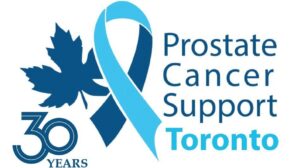Revolutionary new drug could help sex lives of thousands of prostate cancer suffers
A revolutionary new light activated drug will spare thousands of men with prostate cancer from the misery of ruined sex lives. The treatment involves injecting a light sensitive drug into the blood stream. When infra red light is shone on the prostate, it destroys the blood vessels feeding the tumour, killing it. Read the article.
Revolutionary new drug could help sex lives of thousands of prostate cancer suffers Read More »

